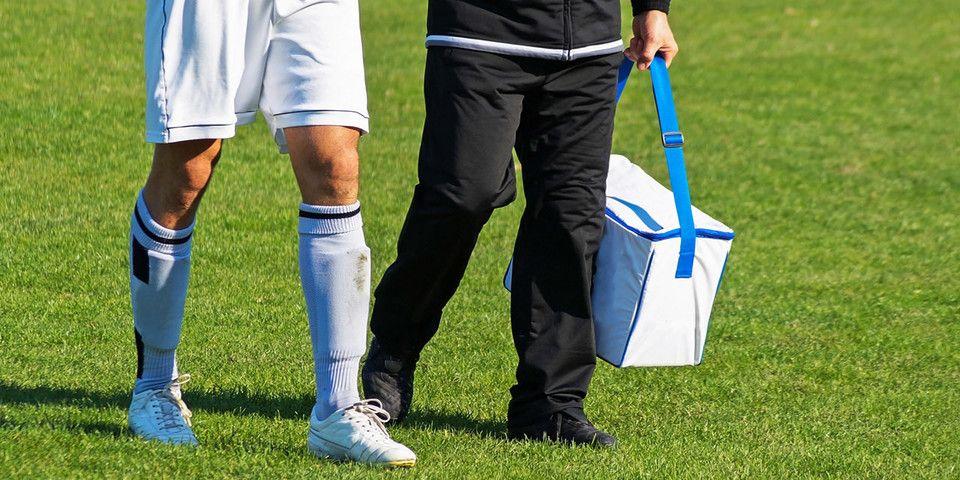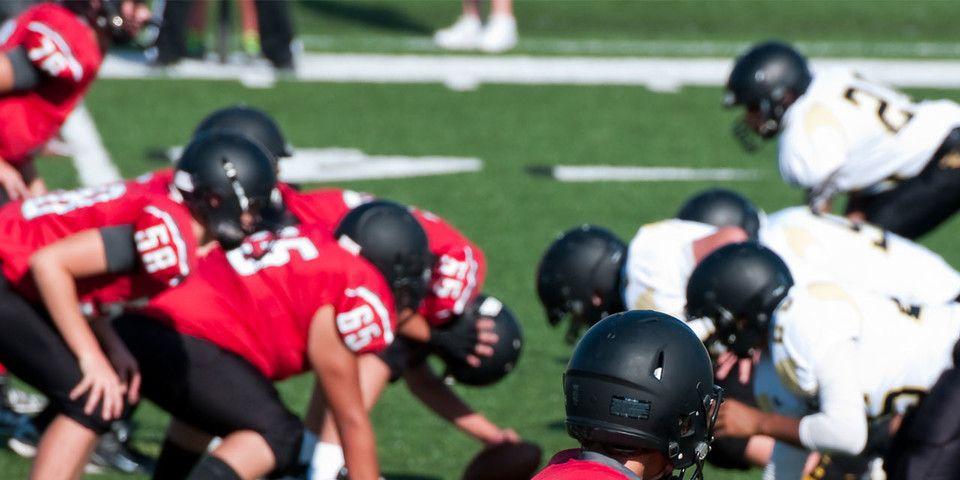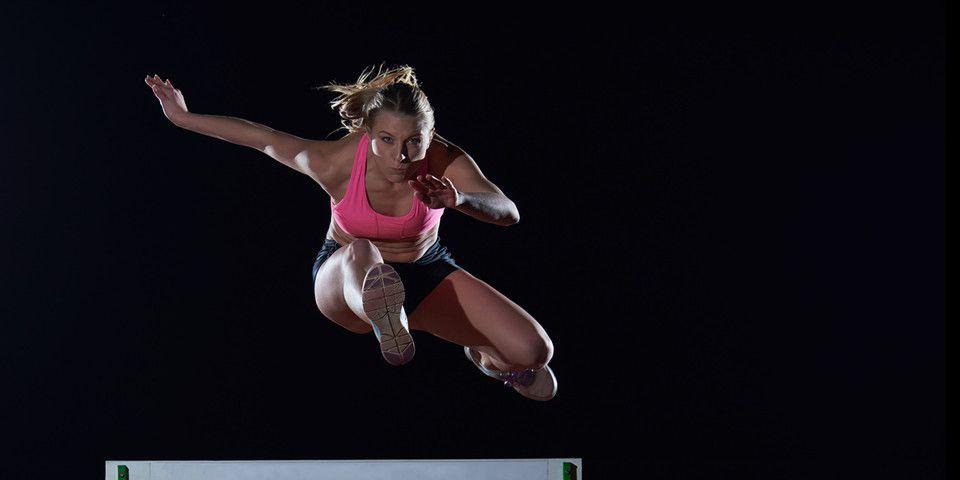Everything You Need to Know About Patellar Tendinitis
Learn about patellar tendinitis prevention and treatment.
Health experts around the world universally agree that physical activity is good for the body, but what do you do when it causes you pain? Knee pain, in particular, can be an impediment to consistent exercise, and pushing through the pain can lead to tissue injuries such as patellar tendinitis. If you or someone you love is at risk of developing patellar tendinitis, then check out the following comprehensive guide to the condition and its prevention and treatment.
Patellar Tendinitis Defined
The patellar tendon is a short, wide tendon that runs from your patella (kneecap) to the top of your tibia. It works your thigh muscles to extend your knee in the processes of running, jumping, and kicking. Patellar tendinitis, therefore, is an injury to the patella (also known as jumper's knee because it occurs most commonly in athletes of high impact sports such as basketball, running, and volleyball). Stress on the patella causes it to develop tiny tears. As these tears multiply, they cause pain, inflammation, and weakness in the tendon.
Signs And Symptoms
Pain is the primary symptom of patellar tendinitis, typically emanating from between the kneecap and the tendon’s connection point to the tibia (shin bone). This pain may initially occur only during or immediately after physical activity, then gradually worsen until it interferes with athletic pursuits and/or daily routines and movements (rising from a chair, climbing steps, etc.).
Patients experiencing these symptoms may apply self-care measures first (icing the area, reducing or avoiding activities that aggravate the injury), but should consult their physicians when pain persists or worsens, when daily routine and activities become affected, or when the painful area develops redness and/or swelling. Do not try to work through the pain! Ignoring these warning signs may lead to increasingly larger tears in the patellar tendon, ultimately developing the more serious condition, patellar tendinopathy.
Prevention
The following practices may help to reduce your risk of developing patellar tendinitis:
-
Strengthen your muscles. Strong thigh muscles relieve the stresses that can cause patellar tendinitis. Patellar tendinitis exercises for strengthening, such as slow squats and balancing exercises in particular, can help reinforce these muscles.
-
Improve your technique. To ensure you are using proper movements and safe, efficient motion, consult a professional or expert when beginning a new sport or utilizing exercise equipment.
-
Don't play through your pain! The first time you notice knee pain resulting from physical activity, ice the area and rest. Until your knee returns to pain-free movement, avoid activities that stress your patellar tendon.
Non-surgical Treatment Options
If pain develops or persists despite your best efforts, consult your physician. Doctors typically begin treating patellar tendinitis with more conservative measures such as:
-
Pain relievers – over-the-counter medications such as ibuprofen or naproxen sodium may provide short-term relief from pain.
-
Ice – Apply ice after activity that causes pain, or try an ice massage.
-
Rest and/or reduced activity – temporarily switching to a lower impact sport or discontinuing athletics altogether for a time may give your tendon time to heal and repair itself. As symptoms diminish, activity should be reintroduced gradually so as not to re-injure the patella.
If symptoms persist or worsen despite these measures, your physician may recommend other therapies such as:
-
Corticosteroid injection – A steroid injection into the area around the patellar tendon may help relieve pain in some patients.
-
Platelet-rich plasma injection – This relatively new type of injection uses the patient’s own platelets injected back into the injured area in order to modify inflammation and begin the healing process.
Physical Therapy
Keeping the knee ligaments loose and flexible helps to support the patella during periods of activity. Specifically, your physician may recommend:
-
Stretching – Consistent, targeted, stretching exercises can help strategically lengthen the muscle-tendon connection and reduce muscle spasm.
-
Strengthening exercises – Exercises of the thigh muscles, especially slowly extending and lowering the legs may help to relieve tension on the patella.
-
Patellar tendon strap – This customized brace applies pressure to the patellar tendon, alleviating pain without restricting movement by distributing impact away from the tendon and into the strap.
-
Iontophoresis – Iontophoresis is a physical therapy technique where a corticosteroid medicine is spread on the skin, then a low electrical charge pushes the medication through to the affected area.
The first step for anyone with signs and symptoms of patellar tendinitis should be to consult their physician right away. When you need more specialized treatment, the experts at Rothman Orthopaedic Institute can help you decide which options are right for you.
Visit us here or contact us at 1-800-321-9999
Related Physicians
Related Specialties
Related Conditions
Related Treatments
Related Programs
-

Athletic Training- Sport Medicine Outreach
Our Field Athletic Trainers provide direct sports medicine care to youth, high school, college and professional athletes. Rothman AT’s provide athletic training services throughout Southeastern PA to interscholastic high schools, colleges, as well as tournaments and special events.Read More -

Injury Prevention Program
The Injury Prevention Program at the Rothman Orthopaedic Institute is dedicated to the prevention of injuries from athletic participation, particularly youth sports.Read More -

Women’s Sports Medicine Program
The Women’s Sports Medicine Program at the Rothman Orthopaedic Institute is the first of its kind in the Philadelphia metro area and one of only several such programs specializing in the comprehensive care of the female athlete in the country.Read More




